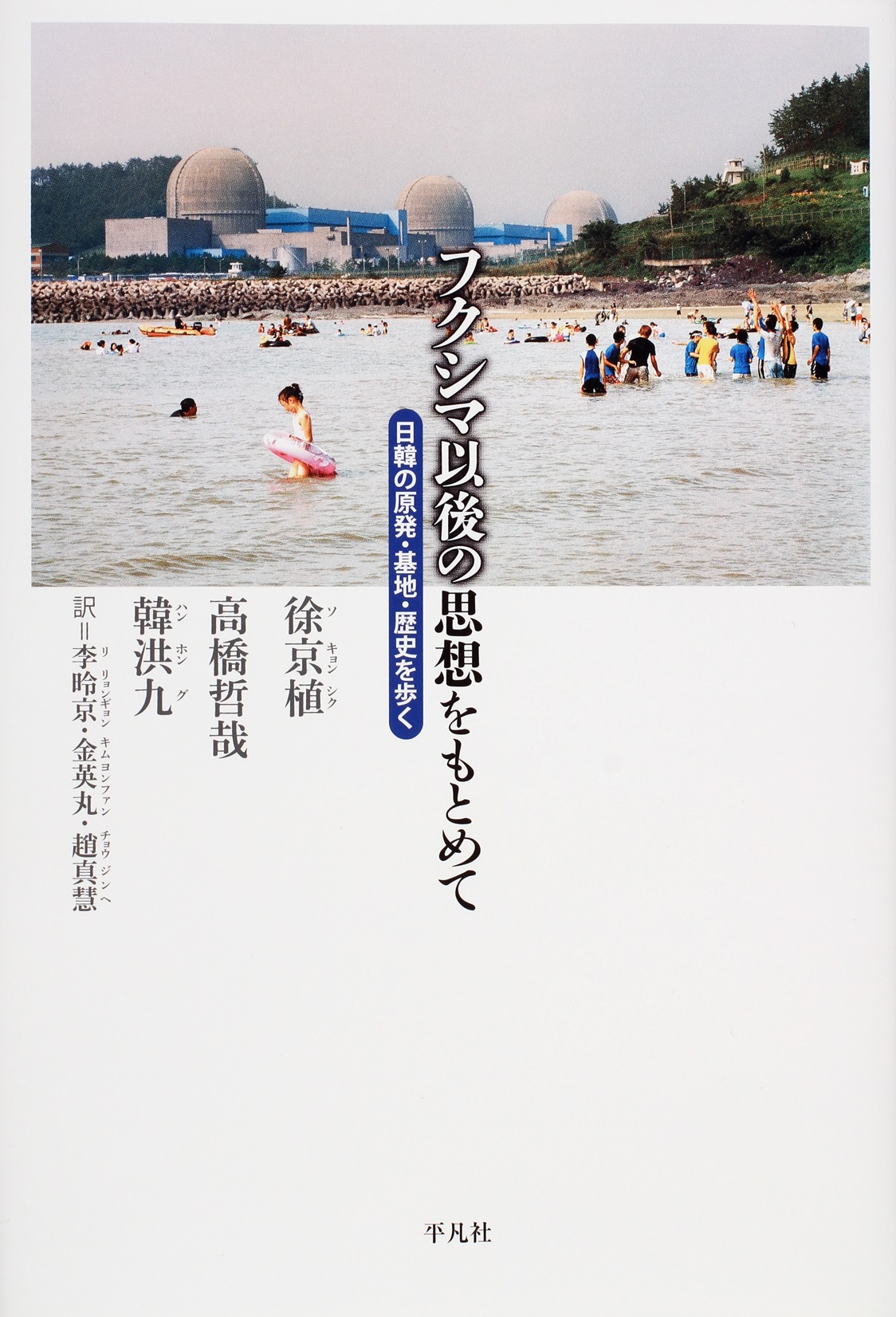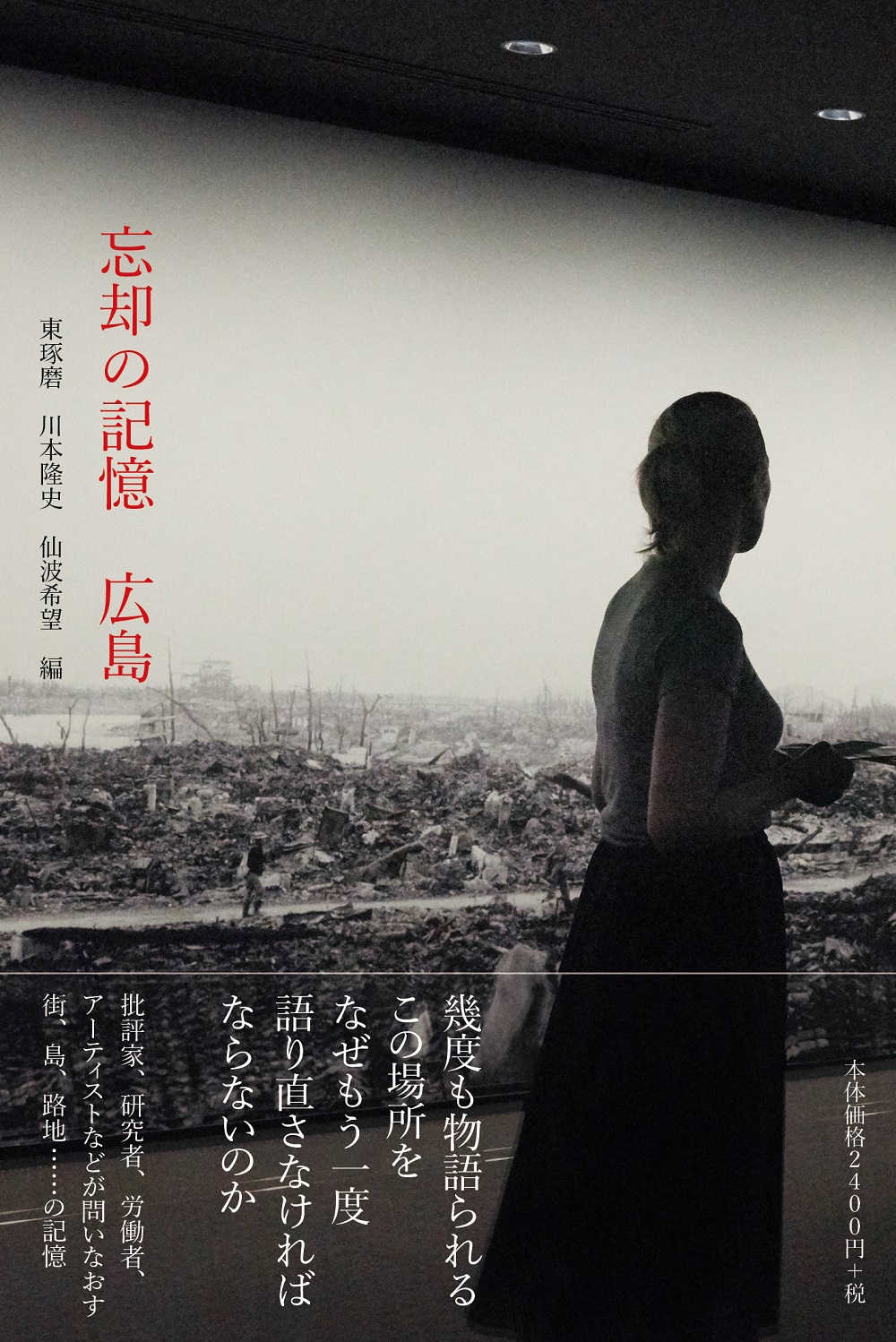
Title
Fukushima Igo no Shiso wo Motomete (Pursuing a Post-Fukushima Philosophy – Japan and South Korea: Nuclear Power, Military Bases, and History)
Size
328 pages, 127x188mm
Language
Japanese
Released
February, 2014
ISBN
9784582702996
Published by
Heibonsha
Book Info
See Book Availability at Library
Japanese Page
Having been born and raised in Fukushima Prefecture, the shock that I felt after the Tokyo Electric Power Company’s Fukushima Daiichi Nuclear Power Plant accident that occurred on March 11, 2011 was extreme. To tell the truth, although I had seen the Chernobyl nuclear power plant disaster in my lifetime, I did not even imagine that a major accident of the same magnitude could happen in Japan, much less in my home prefecture. Reflecting on this, I decided that I had to deepen my understanding of “nuclear power,” not from a scientific or technological standpoint but, rather, from a philosophical one. This book is a record of dialogues that I had on five occasions with the ethnic Korean author So Kyong-sik, who was born and resides in Japan, and the Korean historian Han Hong-goo as we traveled through disaster-stricken areas in Fukushima and various locations in Japan and South Korea. The topics covered included not only nuclear power but, also, various issues related to the modern history of Northeast Asia.
What the dialog contained in this book has taught me is that the Fukushima nuclear power plant accident is not an accident affecting Fukushima alone, nor an accident affecting just East Japan or even Japan, but, rather, an accident of global historical significance. Precise understanding of the damage, impacts, and historical background of the accident requires an investigation whose scope, in the very least, includes the broader context of East Asia.
Our next destination after disaster-stricken areas in Fukushima was Hapcheon in South Korea. Nicknamed the “Korean Hiroshima,” Hapcheon is home to many Koreans who were victims of the atomic bombings in Hiroshima and Nagasaki who have since returned to South Korea. After visiting Seoul and Tokyo, we traveled to Jeju Island in South Korea, which is the location of the Jeju Uprising (in which 50,000 islanders are said to have been killed by members of the South Korean army and police under martial law). We also visited Gangjeong village which has been embroiled in controversy over the building of a naval base by the South Korean Navy. From there, we travelled to Okinawa. Although Okinawa does not have any nuclear power plants, it is said that, at its peak, 1,300 nuclear weapons were stored on the island during the period of US rule before the island was returned to Japan.
From Hiroshima and Nagasaki to the Korean and Vietnam Wars and current efforts to denuclearize the Korean Peninsula, various investigations indicate that there is no such thing as the peaceful use of nuclear energy separate from the issue of nuclear weapons.
How did Japan, which suffered such massive damage due to nuclear weapons, become a major nuclear power-using country? Why do 60% of South Koreans, 70,000 of whom were victims of the atomic bombs dropped on Hiroshima and Nagasaki, agree with the United States’ decision to drop the atomic bombs? Even as some are calling the Fukushima accident Japan’s “second war loss,” why is the Japanese government trying to rapidly restore its policy of promoting nuclear power? How are Japanese and South Korean democracies different? How do these differences influence the two countries’ attitudes toward “nuclear energy”?
It is my hope that this book, as a record of deep exchange and discussion between Japanese and Korean scholars, can serve as a counterpoint at a time when there is no lack of negative stories regarding Japanese-Korean relations including those about anti-Korean sentiment and hate speech.
(Written by TAKAHASHI Tetsuya, Professor, Graduate School of Arts and Sciences / 2018)



 Find a book
Find a book


